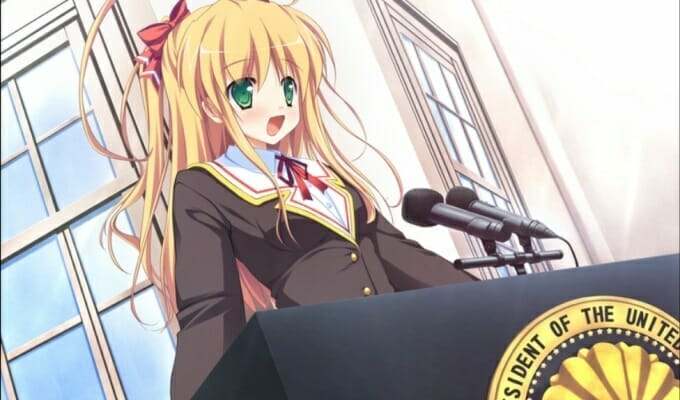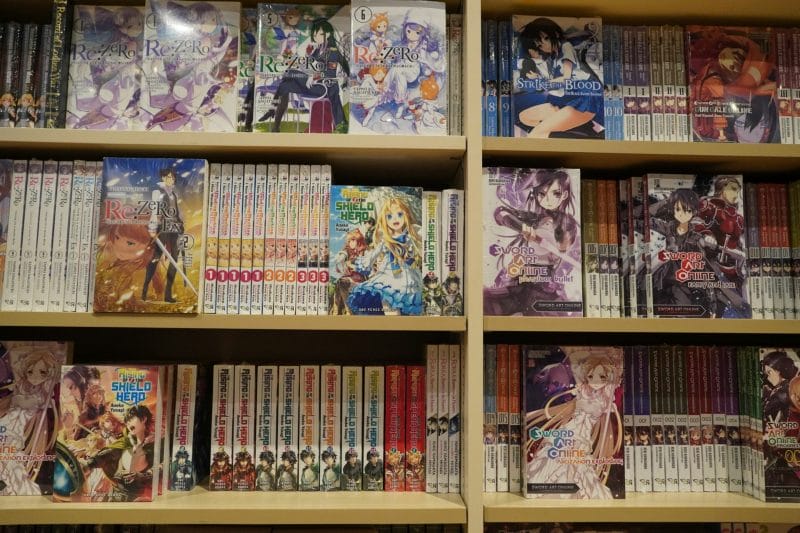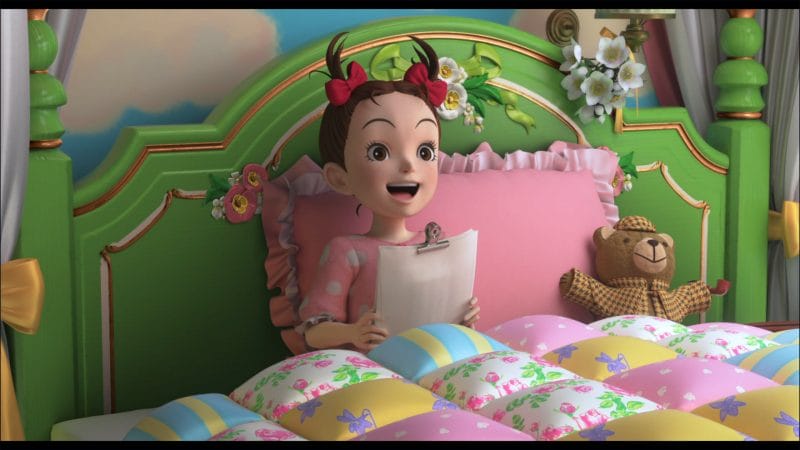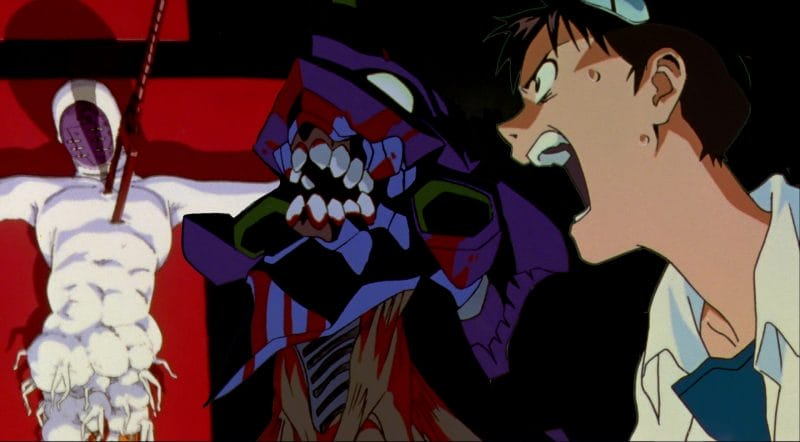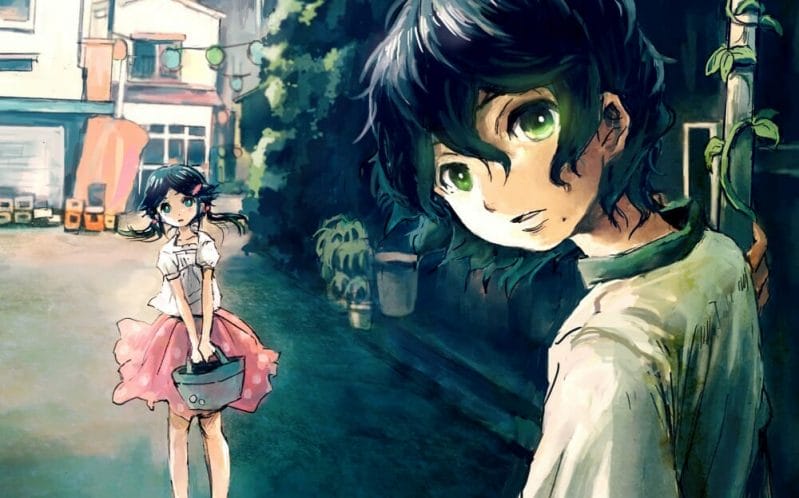Earlier today, we at Anime Herald issued our first retraction since 2015, and our third in our seven-year history. Like the previous retractions, the story wasn’t something that would change the world. This wasn’t a major industry shake-up, nor was it a big license pickup.
This time, the subject was a simple, sweet conclusion to a tale about a penguin.
On Thursday, news broke that internet icon Grape-kun, the Humboldt Penguin who chose Hululu as his waifu, passed away. The fanbase united in mourning the penguin, and shared their sympathies through comments, artwork, and other displays.
Kemono Friends character designer Mine Yoshizaki showed his sympathies with an illustration of Grape standing beside his beloved Hululu, which he donated to the Tobu Zoo.

On Saturday, chatter was circulating around the web that the Tobu Zoo had erected a standee that featured Yoshizaki’s donated art. I waded through countless posts in English and Japanese attesting to the veracity, and found several versions of the image across social media sites.

Truth be told, everything seemed to check out. Satisfied with the research, I decided that this was indeed worthy of reporting on.
Boy, was I wrong!
Earlier today, a colleague pointed out that there were photos from the Tobu Zoo that day, many of which showed the still-bare rock that the standee supposedly rested upon. This new round of photos was geo-tagged and taken from numerous angles and times of day.
In short, it was pretty much impossible to deny that the standee wasn’t there, and that I had fallen for a clever hoax.

This left us with three options:
- We could pretend that we never saw these photos and keep going in our happy little world.
- We could stealth-update the article, hoping nobody would notice.
- We could issue a retraction, and update our coverage accordingly.
Realistically, the first two options were never on the table. To attempt either is would be super unethical, to the point that even entertaining the idea should be greeted with a swift slap to the back of the head.
With that in mind, we quickly issued our retraction, and made edits to the article to correct the record.
Writing a retraction is never easy. It’s a clear, visible indicator that you bungled your reporting, and a pretty huge hit to the ego to boot.
Humans, by nature, have trouble admitting they’re wrong. This isn’t a criticism, rather it’s an observation that’s been proven time and again in various scientific studies.
This natural urge to double down and hide from our mistakes can have a paralyzing effect in times where quick action is needed. As we debate on what to do and weigh our options, those seconds can become minutes, which can become hours. At some point, the mistake becomes a lie, which turns into a glaring black hole on your credibility.

In more severe cases, these gaffes can lead to far worse consequences. Failing to accurately retract and correct certain flubs can open a writer to libel charges, which hold both legal and monetary penalties.
So, yeah. It’s best to put those emotions aside in the heat of the moment. Take a step back, and quickly decide on how to correct your blunder. Usually, this means that you have to rip the damned Band-Aid off by publishing a full and proper retraction as soon as all of the facts are known.
There will be plenty of time to feel down about your blooper once the retraction hits. And, hopefully, setting the record straight will temper that sadness with a resolve to do better in the future.
Writing A Proper Retraction
So, what goes into a proper retraction? Well, we can break a retraction into four core elements:
- State What Went Wrong
- Correct Your Report
- Apologize
- Resolve to Do Better (And follow through on it!)
Each of these items is equally important, for reasons we’ll explain below.
State What Went Wrong
 This is, without a doubt, the first thing that should go into any retraction. You need to explain exactly what went wrong in your first few sentences. Furthermore, you’ll want to date and highlight the notice in a way that stands out to the reader, both to give some accountability as to when the fix was made, and to show that the message is separate from your original article.
This is, without a doubt, the first thing that should go into any retraction. You need to explain exactly what went wrong in your first few sentences. Furthermore, you’ll want to date and highlight the notice in a way that stands out to the reader, both to give some accountability as to when the fix was made, and to show that the message is separate from your original article.
Let’s turn to today’s Kemono Friends update as an example:
For example:
Update 10/16/2017 – Retraction: It appears that we were caught by a clever Photoshop.
In this opening statement, you can tease out three main elements:
- The date of the retraction
- A notification that this is a retraction
- A brief explanation of what we got wrong.
It’s clear, it’s concise, and it gets the point across very quickly.
Correct Your Report
OK, so you just explained what you got wrong. That’s good. Next, you’ll want to set the record straight. Tell the actual story, and arm your reader with the facts. This doesn’t need to be long, of course. It just needs to address the issues you noted in your previous statement.
Let’s return to our example:
While the image of the standee was circulated widely with numerous claiming its veracity, Grape-kun’s rock remains vacant according to photos from the scene.
In this statement, we made our explanation transparent as to how we made our mistake, then followed up with the correct series of events.
Unfortunately, this is where things start to sting. You, as a writer, are forced to confront that cold truth head-on. This can be unpleasant, but it’s not the time to shy away. Don’t couch the truth in passive language, and don’t try to deflect responsibility. You fucked up. Inform your readers, and set the record straight.
Apologize
 Before we begin, I want you to do something with me. Say this out loud, two or three times: “I fucked up.”
Before we begin, I want you to do something with me. Say this out loud, two or three times: “I fucked up.”
God it? Good. Now say it once more: “I fucked up.”
This is one of those things that never, ever gets easier to say. It’s disarming. It pulls away a lot of those defenses and shields that you’ve built up over the years, and opens yourself to (rightful) criticism.
Still, it’s probably the biggest thing that you need to convey to your readers when writing a retraction. They need to see that you messed up, and that you’re taking responsibility for your error.
Tell your audience, and convey whether you plan to clarify things for the reader or update the article, let it be known in your retraction.
Looking back at the example:
We take full responsibility for this error, and apologize for the inconvenience. We’ve updated this article for accuracy.
Again, we can pick out three elements:
- Reponsibility is taken immediately
- A clear apology is offered
- A note that the article was corrected is attached
Again, this is the part that hurts the most. Still, it’s best to rip that band-aid off quickly, and face your mistake head-on. Take your lumps, and learn from them.
Promise to Do Better (And follow through on it!)
At the end of the day, you can retract all that you want. That said, you’re just wasting ink of real change doesn’t arise from the incident. You not only need to apologize to the world. You need to prove that you can remain a trustworthy voice, and continue to improve as you look toward the future.
At the same time, you need to communicate this to your readers. You need to demonstrate that you mean business, and that you really learned something from your mistake.
In short, be transparent. Clearly explain to your audience that you intend to deliver the best reporting that you can, and actually do it. Novel idea, I know, but it’s easy to grow complacent.
Now let’s head back to our example:
It is never our intent to mislead our readers, in any capacity. We will continue to do our best to bring you the best in anime news that we can, and exercise even greater diligence in our reporting.
We hope that we can retain your trust going forward.
Looking at this statement, we can pull out a few elements:
- Statement of intent
- Commitment to do better
- Final apology
The statement of intent is an important one. While it’s always implied that you aim to keep things on the straight-and-narrow, there’s something comforting about an explicit commitment to the truth. It reassures your reader, and it also gives you, as a journalist, a firm reminder of your priorities.
While your statement of intent helps to set the record straight, your commitment to do better is what will keep you honest. Putting your intent to do better in writing is both a commitment to your reader, and to yourself, to not have this happen again. Learn from this moment, and keep it in mind as you hit the beat in the future.
An old professor of mine used to say that you “use these moments to better tune your bullshit detector.”
The final apology is exactly that. It’s one last commitment to your readers, one last plea for their trust, even in lights of your mistake. Not everybody makes these, but I do. I take moments like these personally, and I feel awful, both as a fan and as a journalist.
I feel like I let you guys down. And, yeah… it’s hard to get by that. So, I guess that this little final note is just an assurance that I don’t plan to let people down again.
Publicize Your Mistake
For the love of god, don’t skip this section. Look, I know that it’s tempting to pop out a retraction, then pretend that it doesn’t exist. It’d be easy to just let these updates sink into the background of the news currents, and get on with your life.
But, as my parents always said, “there’s two ways to do things: the easy way, and the right way.”
You have to face the facts that you’ve put mistruths into the ever-cluttered public consciousness. Your readers have read said mistruths. And, if Google Analytics data is anything to go by, 90% of them aren’t going to actively go back and read your article again without a bit of prompting.
This has always been the case, though. Winston Churchill famously said that “A lie gets halfway around the world before the truth has a chance to get its pants on.” So, with this in mind, you have a duty to set the record straight in public. People need to see that retraction. They need to read the real story, so they’re not left in the dark.
I’m not telling you to take out a massive billboard, or to buy ad space, or the like. Still, in this day and age, there’s a greater than 90% chance that you have a social media account if you’re running a blog or a website. And if you don’t, how the hell are you getting your word-of-mouth?
But I digress.
Long story short, you should have at least a few rooftops to shout this out from. You don’t have to make some big, flashy gesture. Post a link to the article on your accounts. Get the word out, set that record straight, and take responsibility.
https://t.co/pYp1KQ2PuS – We have a retraction to make on our weekend story about Grape-kun the penguin. Sincere apologies for the error. :|
— Anime Herald (@animeherald) October 16, 2017
Conclusion
 As a journalist, your mission is to shine a light upon the world, exposing the good and the bad alike. At the same time, though, we’re human. We make mistakes. To fix these fuck-ups, to set the story straight, takes courage.
As a journalist, your mission is to shine a light upon the world, exposing the good and the bad alike. At the same time, though, we’re human. We make mistakes. To fix these fuck-ups, to set the story straight, takes courage.
I know that it’s easy to pray that these things will just go away. It’s convenient to think that people will forget because, well, many will. But you must always remember that your platform is built on pillars truth, trust, and integrity. Letting even one of these legs break would yield disastrous results.
And before you say anything, yes, it sucks. It will always suck to have to take that L. But, so long as you learn from your experience, it will always be worthwhile. Get up, dust yourself off, and get ready for your next assignment. Keep your mistakes in mind, get ready to look forward to the amazing things coming down the pipe.


